当前位置:网站首页>The difference between enumeration and define macro
The difference between enumeration and define macro
2022-07-06 22:31:00 【It's Beichen not too PI acridine】
Enumeration and #define The difference between macros
How to use enumeration types
The general definition is as follows :
enum enum_type_name
{
ENUM_CONST_1,
ENUM_CONST_2,
...
ENUM_CONST_n
} enum_variable_name;
enum_type_name Is a custom data type name , and enum_variable_name by enum_type_name A variable of type , That is, we often say enumerating variables . actually enum_type_name A type is a restriction on the value range of a variable , In curly brackets is the range of its value , namely enum_type_name Variable of type enum_variable_name It can only take any value in curly brackets , If the value assigned to the variable of this type is not in the list , An error or warning will be reported .ENUM_CONST_1、ENUM_CONST_2、… 、ENUM_CONST_n, These members are constants , That is what we usually call enumeration constants ( Constants are usually capitalized ).
enum Variable types can also assign values to constant symbols in them , If you do not assign a value, you will add... From the constant assigned with the initial value 1, If there is no assignment , Their values range from 0 Start increasing in sequence 1. For example, use a constant to represent different colors :
enum Color
{
GREEN = 1,
RED,
BLUE,
GREEN_RED = 10,
GREEN_BLUE
}ColorVal;
The values represented by each constant name are :
GREEN = 1
RED = 2
BLUE = 3
GREEN_RED = 10
GREEN_BLUE = 11
Enumeration and #define The difference between macros
1.#define Macro constants are simply replaced in the precompile phase . Enumeration constants determine their values at compile time .
2. Usually in compilers , You can debug enumeration constants , But you cannot debug macro constants .
3. Enumeration can define a large number of related constants at one time , and #define A macro can only define one at a time .
1. Enumeration can do ,#define Macro can do it all ? If you can , So why do we need enumeration ?
answer : Not all of them . On the one hand, enumeration can centrally manage data , Integer data with the same attributes can be stored by enumeration ; In addition, enumeration can realize “ Self increment of value ”( Of course, you can also specify the value of each enumeration ), It's easier to write code , Reduce the chance of mistakes , If you need to add a new information in subsequent maintenance, you do not need to calculate the value of this information .
2.sizeof(ColorVal) What is the value of ? Why? ?
answer : The value is 4,ColorVal An enumeration variable , And the enumeration variable represents an integer
Enumerate variables , Variables defined by enumeration types . Enumeration variable size , That is, the memory occupied by enumeration types . Due to the assignment of enumeration variables , Only one constant in the enumeration structure can be stored at a time . So enumerate the size of variables , The essence is the size of the memory space occupied by the constant ( The constant is int type , The current mainstream compiler is generally 32 Bit machine and 64 In the machine int All of them are 4 Bytes ), The same is true for the memory size of enumeration types .
边栏推荐
- That's why you can't understand recursion
- Inno Setup 打包及签名指南
- 【编译原理】做了一半的LR(0)分析器
- Self made j-flash burning tool -- QT calls jlinkarm DLL mode
- Build op-tee development environment based on qemuv8
- 在IPv6中 链路本地地址的优势
- 网络基础入门理解
- memcached
- Leetcode question brushing (XI) -- sequential questions brushing 51 to 55
- Aardio - 利用customPlus库+plus构造一个多按钮组件
猜你喜欢

Aardio - 利用customPlus库+plus构造一个多按钮组件
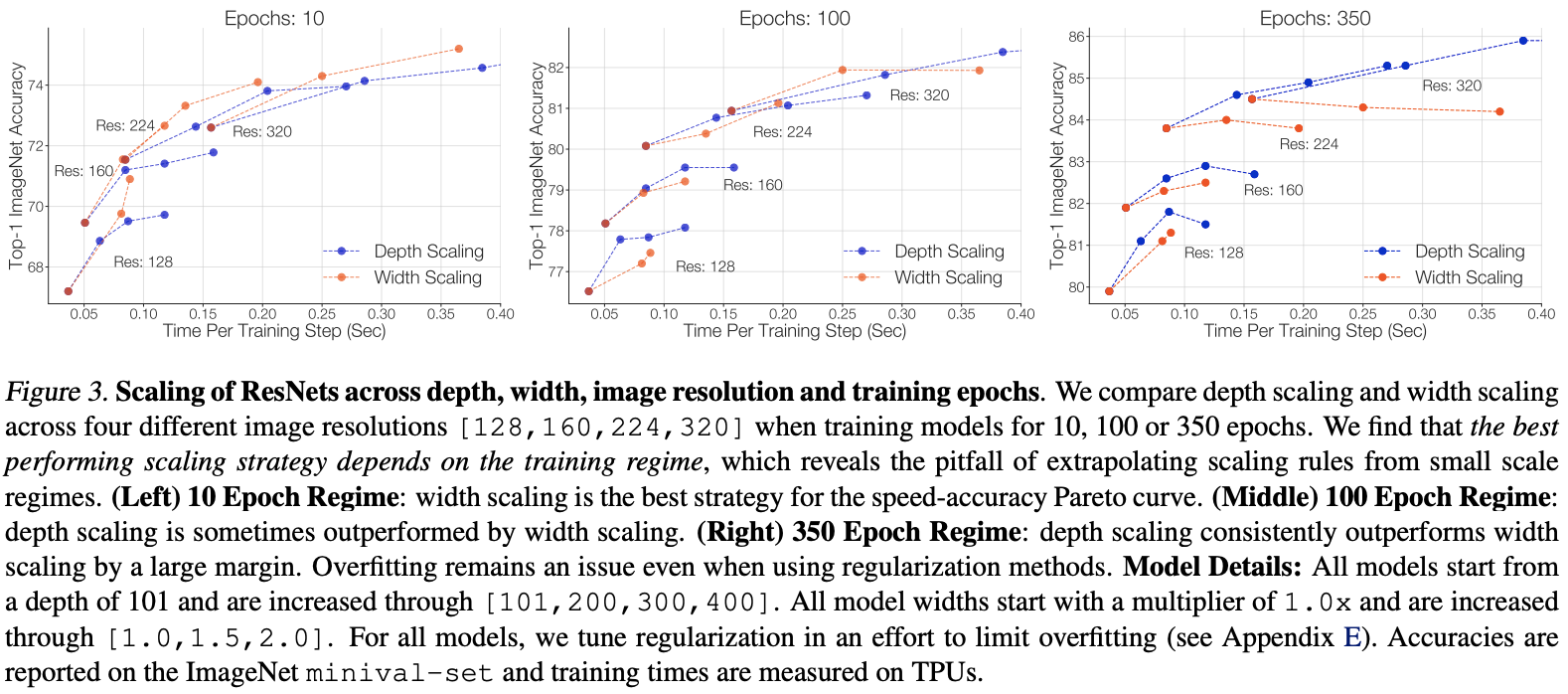
RESNET rs: Google takes the lead in tuning RESNET, and its performance comprehensively surpasses efficientnet series | 2021 arXiv

基於 QEMUv8 搭建 OP-TEE 開發環境
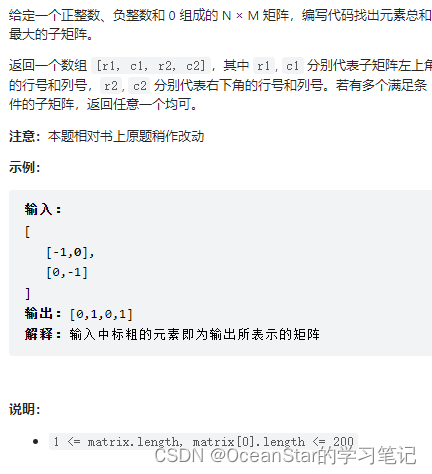
leetcode:面试题 17.24. 子矩阵最大累加和(待研究)

在IPv6中 链路本地地址的优势
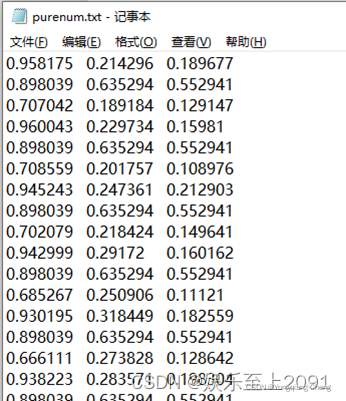
Data processing skills (7): MATLAB reads the data in the text file TXT with mixed digital strings
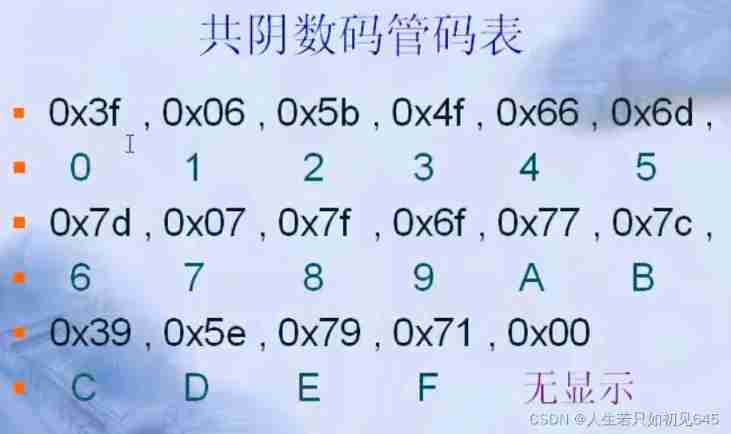
0 basic learning C language - digital tube
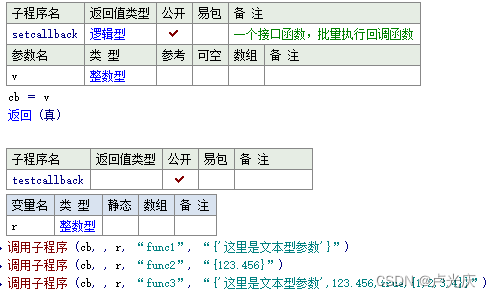
Aardio - 封装库时批量处理属性与回调函数的方法

剑指offer刷题记录1

NetXpert XG2帮您解决“布线安装与维护”难题
随机推荐
leetcode:面试题 17.24. 子矩阵最大累加和(待研究)
Web APIs DOM time object
3DMAX assign face map
【踩坑合辑】Attempting to deserialize object on CUDA device+buff/cache占用过高+pad_sequence
手写ABA遇到的坑
void关键字
ThreadLocal详解
二分图判定
Management background --4, delete classification
signed、unsigned关键字
poj 1094 Sorting It All Out (拓扑排序)
Research and investment strategy report of China's VOCs catalyst industry (2022 Edition)
柔性数组到底如何使用呢?
(十八)LCD1602实验
Aardio - 利用customPlus库+plus构造一个多按钮组件
Sword finger offer question brushing record 1
树的先序中序后序遍历
剑指offer刷题记录1
2021 geometry deep learning master Michael Bronstein long article analysis
rust知识思维导图xmind